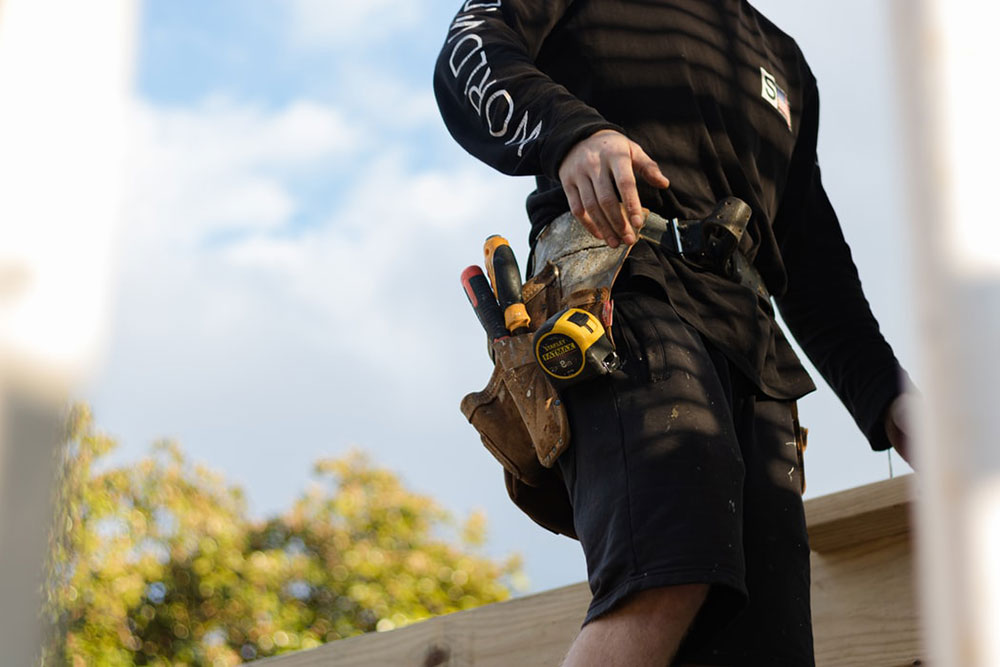Advertisement
Every day, people request building inspections. They may be considering buying a property and want to know if the asking price is reasonable. The house may be old or contain some unusual features. If something adverse is identified during the inspection, a person may decide to offer a reduced price that reflects the costs of the repair work needed.
Alternatively, someone may be about to sell or rent their home and want to ensure that it is priced correctly and fit for purpose. Once a person owns a home, they should have building inspections at least annually, as part of their property stewardship. During these inspections, you might identify various issues and take action before things escalate and become more expensive.
In this article, our goal is to help you make the most from an inspector’s visit to a property, whether it is residential or commercial.
Choose A Quality Inspector
It may be that a friend or realtor is able to provide a recommendation. When investigating different companies, it’s worth getting three quotes upfront before deciding, to ensure you get value for money.
Brisbane has been called the Sunshine State, and its property market has continued to thrive despite the Covid-19 pandemic. When it comes to building inspections Brisbane boasts several fully licensed and insured professionals. Many use modern technology as 3D reporting systems, moisture detection meters, and borescopes to create their reports.
Many company websites disclose how long their businesses have been operating and even provide customer reviews. Whilst employing a quality professional may cost more, it could pay dividends in the long term.
Make Your Own Inspection First
Although this won’t be as thorough as a professional, it’s still worth doing. If you’re looking at a potential purchase, it’s worth identifying any areas for concern. Look for signs of damp, and feel different parts of the walls and ceilings. Perhaps the owner has freshly painted a section of the wall to cover over damp marks and hide them.
There may be a hairline fracture down the side of the house that you need to discuss with the inspector. If the external paint is cracked and coming off, the house may have become exposed to the elements. Therefore, it’s worth discussing with the professional whether the damp has been able to access the inside of the house and create damage.
Be Present For The Inspection
Don’t just say, ‘That’s what I’m paying them for’ and leave the house. For one thing, you can ensure they don’t just make a superficial check of the home and leave very quickly. Inspectors should be poking and prodding the home as they look for issues! They may also use thermal imaging cameras to assess what’s under the floorboards or behind the walls. The beauty of such technology is that it saves things from being ripped up in order to make checks.
If the inspector makes throwaway comments or says something you don’t understand, don’t be afraid to ask. It may protect you from receiving a report that you don’t fully understand.
Request Photos Of Any Issues
A quality inspector will be taking photos as they go. Of particular use will be those areas that are difficult for you to access, such as the attic and other crawl spaces. By possessing these pictures, it will save you having to go there yourself to take a look. You can also show the pictures to any future contractor, so they can see what they will be dealing with if you need repairs.

Ensure That Everything Is Assessed
The structure of the home should be rated. If it is a timber building, it should be checked for such things as termite infestations or ants’ presence. The quality and safety of the wiring need to be checked. You should also regularly assess the plumbing for such things as low water pressure or leaks. The professional should also be looking at the age and efficiency of the hot water system. The inspector additionally needs to access any attic and basement.
The roof should be checked for broken tiles or buckled or cracked shingles, and any gaps that could be vulnerable to the rain. The chimneys should be reviewed, alongside any skylight windows, vents, gutters, or drains. Even if you’re not using chimneys, you still don’t want trash to collect there.
A professional assessment should be able to discover any areas of concern, be it shoddy building work or uneven foundations, pest infestations, or dampness and leaks. In return for their fees, a home inspector can provide both peace of mind and essential guidance for the care of your home.

